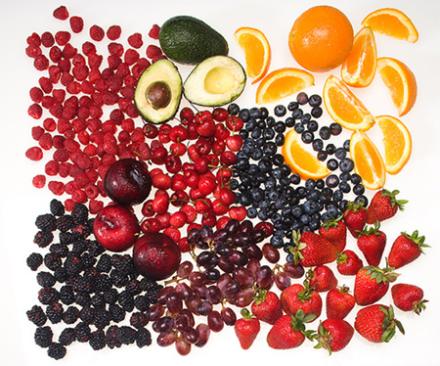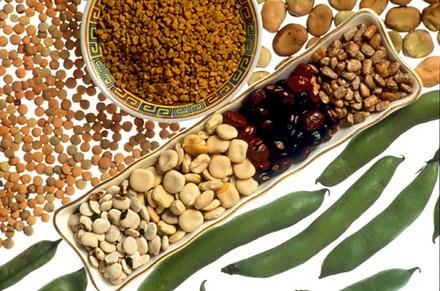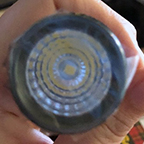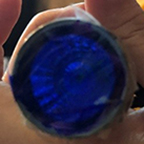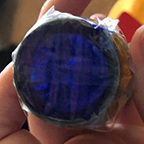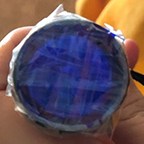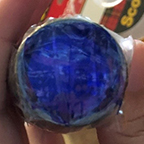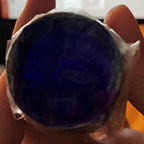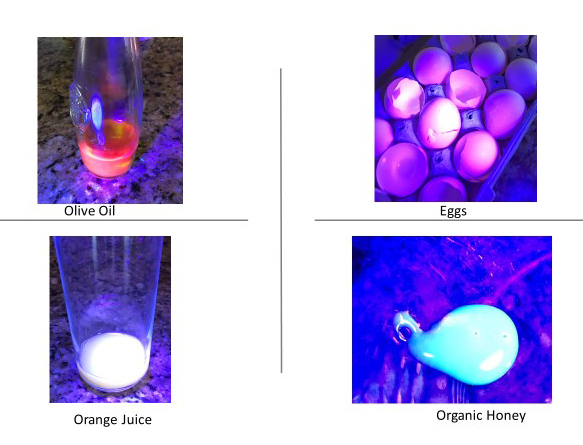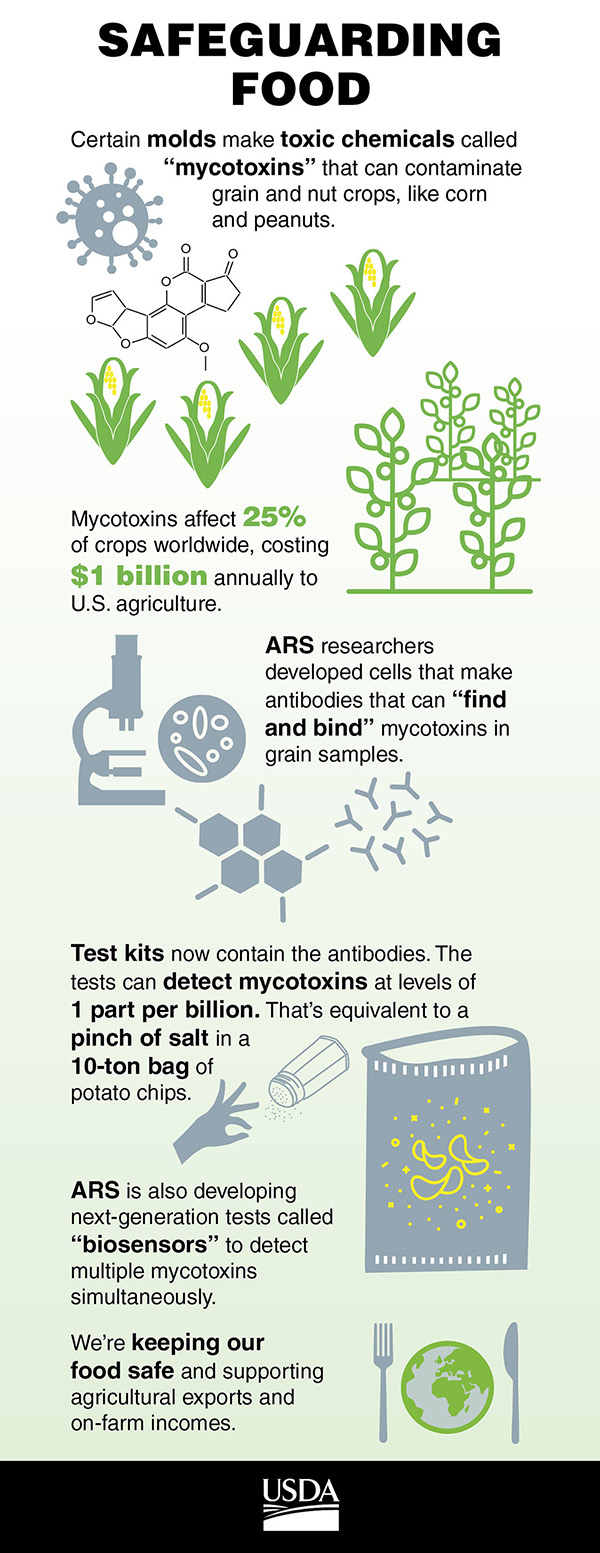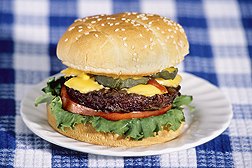Plant Growth and Osmotic Potential
Water is a critical element for plant growth. All water used by land plants is absorbed from the soil by roots through osmosis. Osmosis is the movement of a solvent (e.g.water) across a semipermeable membrane from low solute (e.g.salt) concentration towards higher solute concentration. Excess levels of salts in soils makes soil water solute concentrations higher than in the plant root cells. This can limit plant water uptake, making it harder for plants to grow. (See Appendix A for more information)
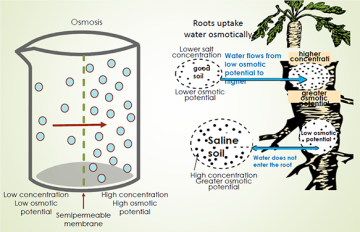
 About the Experiment
About the Experiment
For this experiment, we’re going to test the effect that high salt soil concentrations have on plant growth and root development.
 |
Details
|
 |
|
 |
|
 What You'll Need
What You'll Need
- 7 clear plastic cups (Solo cups)
- 7 non-clear plastic cups
- Potting soil (small bag)
- Wheatgrass or cat grass seed (250 seeds, can be found online or at local pet store)
- Salt
- Baking soda
- Measuring spoons
- Drill & small bit
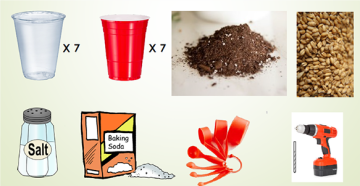
When using table salt (sodium chloride) and baking soda (sodium bicarbonate) to create saline and alkali soils, you can observe the germination and growth of grass leaves at increasing levels of salt and ph. Then you can treat the salt/alkali effected soils with "leaching" and observe plant growth.
 Let's Do This!
Let's Do This!
1. Drill 3 small holes in 7 clear plastic cups. Have an adult help with this step for safety.
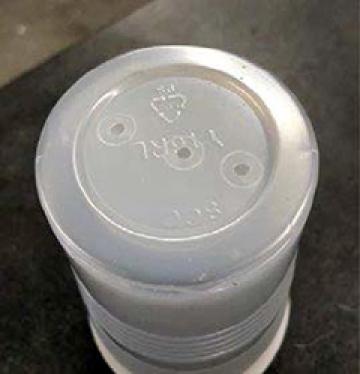
2. Fill 1 clear cup (with holes) with soil 1” from top of cup and place cup inside non-clear cup (without holes).
Pour ½ cup of water into the soil cup and allow to absorb. Pour another ½ cup of water into the soil cup.
Place 30 grass seeds on top of the wetted soil and cover with 1/8” of new soil and gently wet. Make sure seeds are covered with soil (Label cup “Control”).
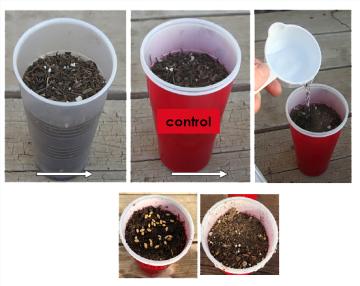
3. Fill 3 clear cups (with holes) with soil 1” from top. Add 1 teaspoon of salt to the soil of 1 cup (label cup “salt 1”). Add 1 tablespoon of salt to the 2nd cup (label cup “salt 2”). Add 3 tablespoons of salt to the 3rd cup (label cup “salt 3”).
Place each cup in a non-clear cup (no holes) and add ½ cup of water to each and let absorb. Add another ½ cup of water.
Place 30 grass seeds in each cup and cover with 1/8” of new soil and moisten new soil. Make sure seeds are covered with soil (Image 2).
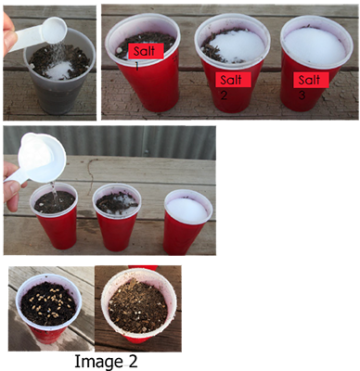
4. Fill 3 clear cups (with holes) ¼ full with soil. Add 1 tablespoon of baking soda to 1st cup and add more soil to fill cup 1” from the top. Hold your hand over the cup so soil does not spill and shake the cup to mix the baking soda with the soil (label cup “alkali 1”).
Add 2 tablespoons of baking soda to the 2nd cup and fill with soil 1" from top. Again, with hand over cup, shake to mix baking soda and soil (label cup “alkali 2”).
Add ½ cup of baking soda to the 3rd cup, fill with soil 1" from top and shake to mix (label cup “alkali 3”).
Place each cup in a non-clear cup (no holes). Add ½ cup of water to each and let absorb, then add another ½ cup of water. Place 30 grass seeds in each cup and cover with 1/8" of new soil and moisten new soil. Make sure seeds are covered with soil.
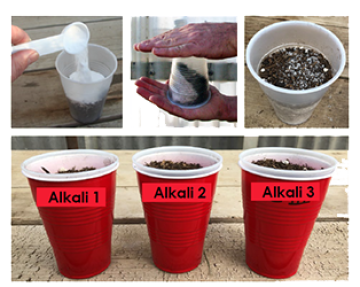
5. Let grass germinate and grow for 1 week.
Let’s Look At The Results!
After 1 week count the number of plants in each cup and measure the tallest blades of grass in each cup. Record the numbers for each on the data sheet. Remove the clear cups and observe root growth.
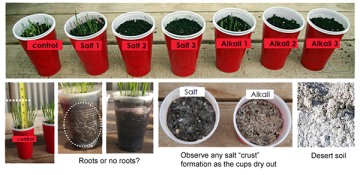
After 1 week, remove “salt 2” and “alkali 2” clear cups from red cups and place in the sink or outside (where water can drain) and slowly pour 6 cups of water through each, making sure to not over-fill (pour ½ cup at a time and let drain).
Observe which cups drains fastest (alkali soils have poor drainage). Make sure seeds are still covered with soil (add some on top if necessary) and let them grow for 1 more week.
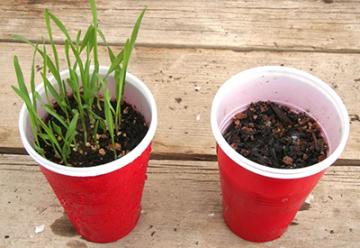
After 1 week (2 weeks total) observe if “leached” cups now have plants that are growing. Did leaching help the same for saline vs. alkali soils?
After 2 weeks, measure the height of plants in each cup and record the results. Again, observe the roots and record observations on the data sheet.
Summarize your data and observations.
- Why did plants grow or not grow in each cup?
- What effect did leaching have on plant growth and why?
- Did leaching work on both salt and baking soda equally and why?



